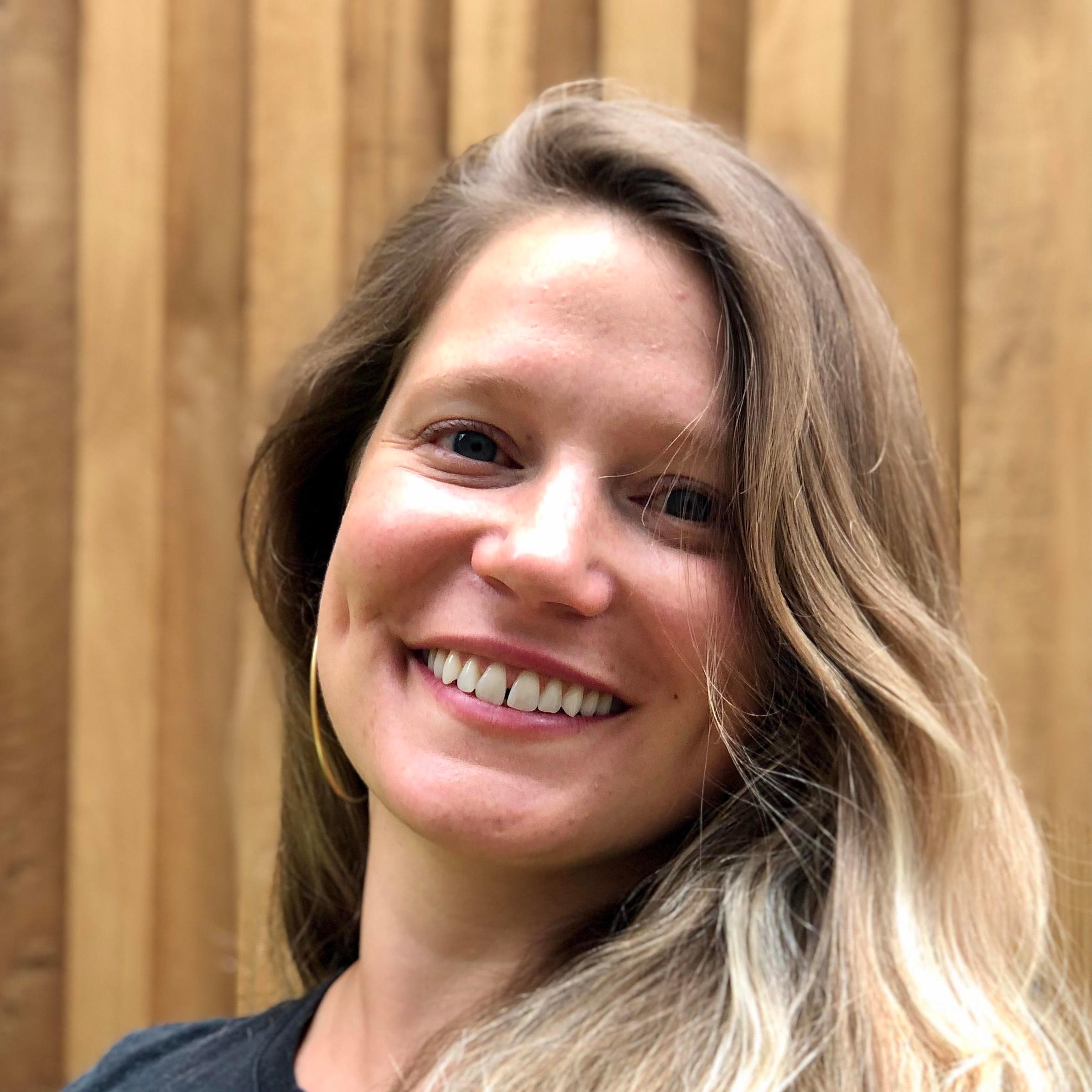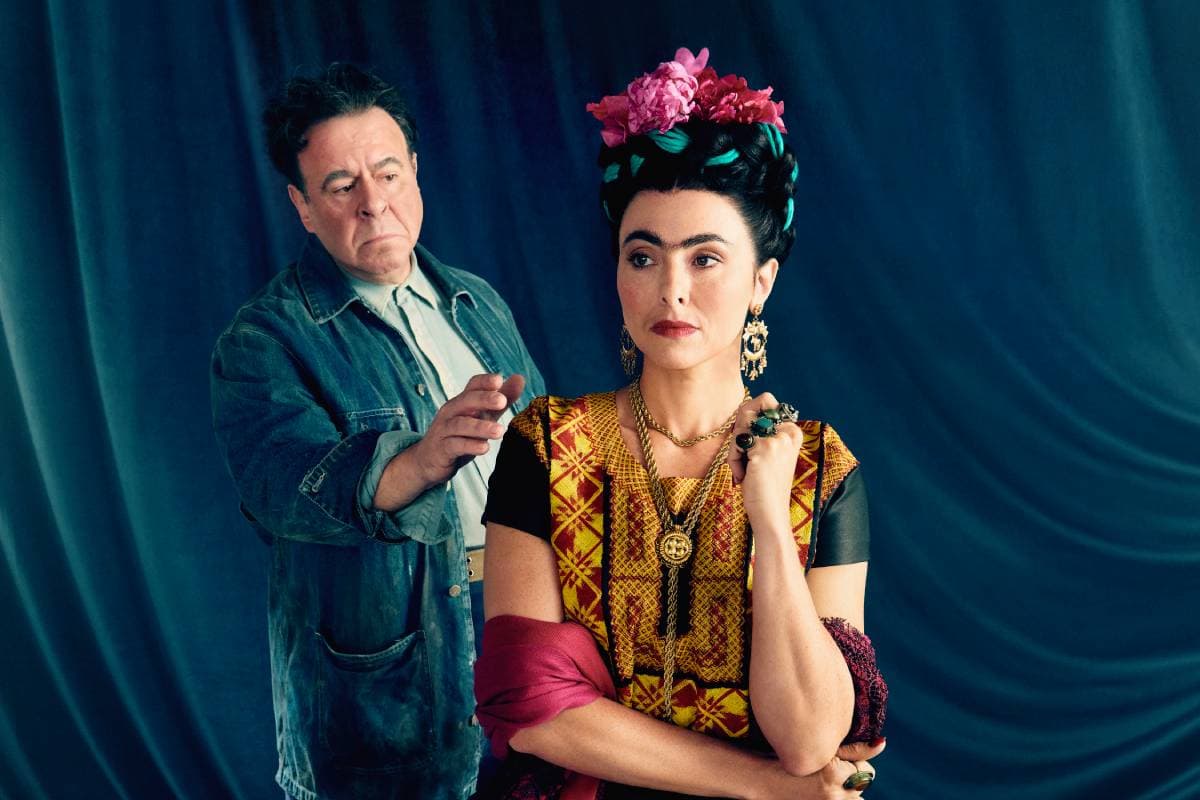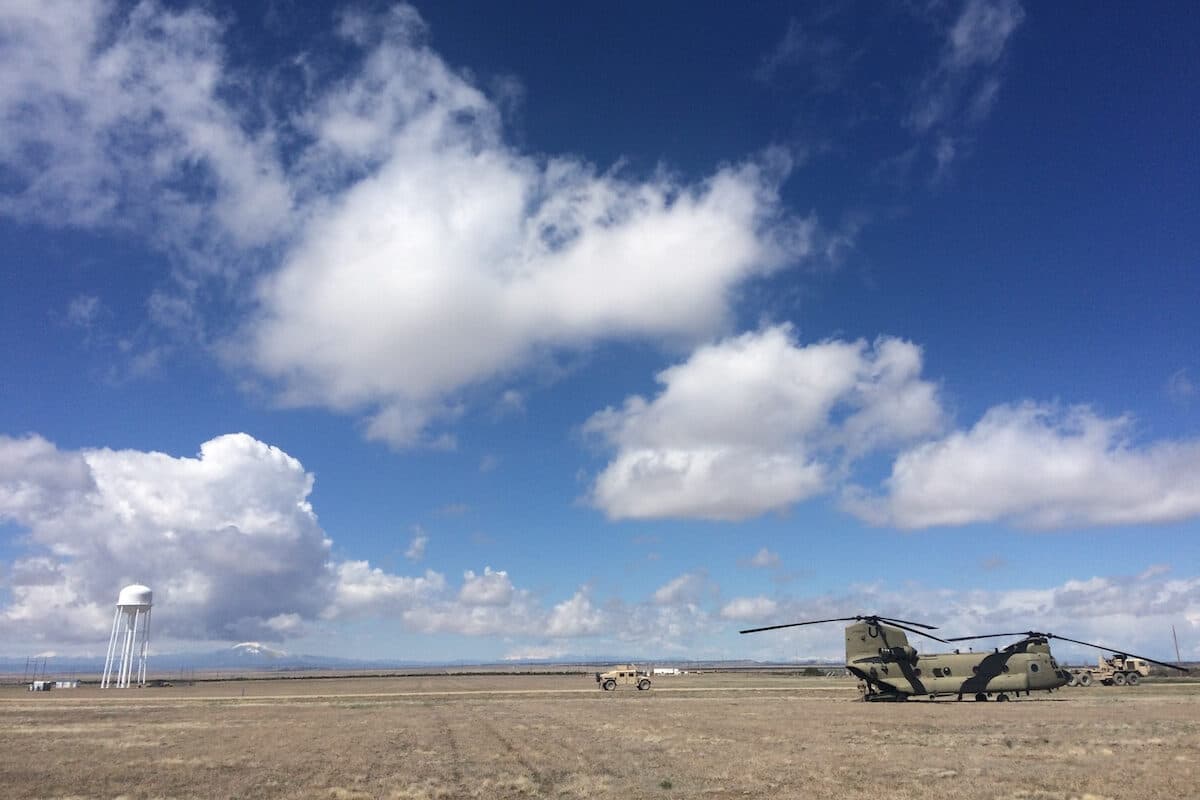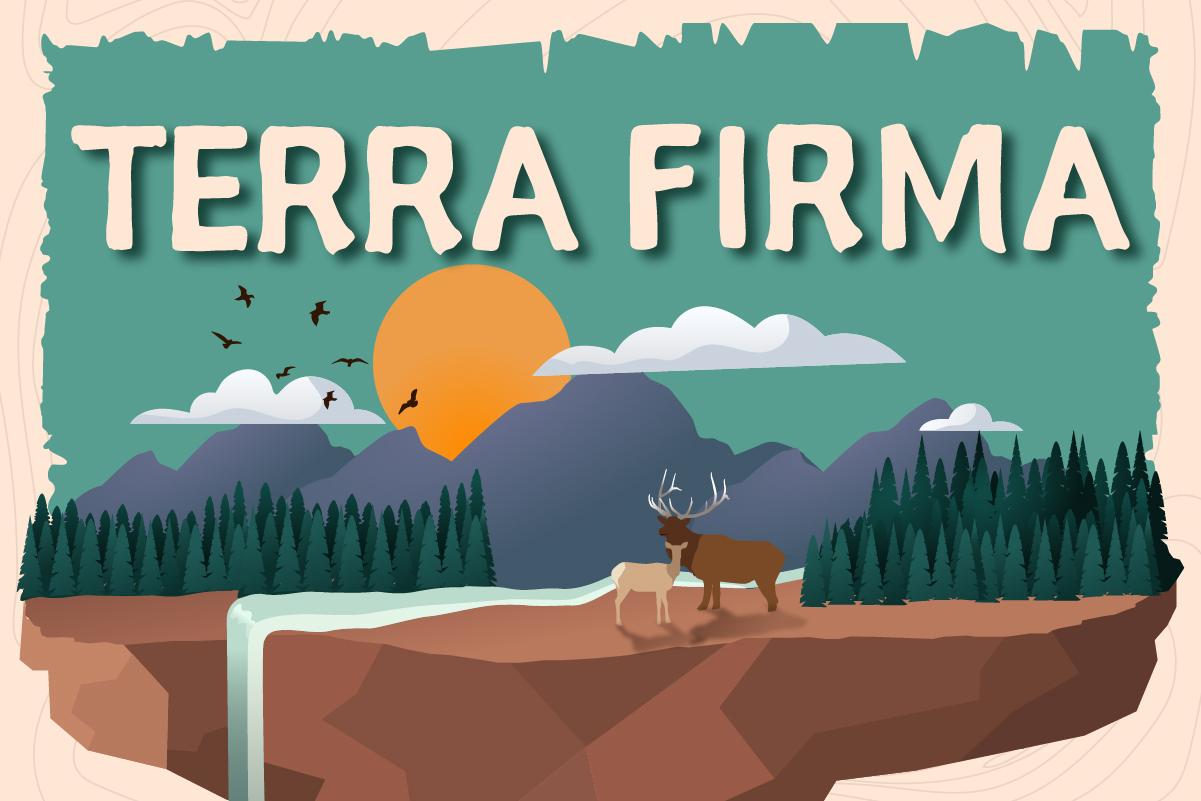
If you can’t get outside today — maybe you’re stuck in traffic, or busy with work, or overwhelmed by errands and anxiety and a to-do list a mile long — this Colorado Public Radio podcast is here to slow you down and connect you to nature and art.
The show melds essays by CMarie Fuhrman and wilderness field recordings by Jacob Job. Fuhrman is a Colorado-born, Indigenous poet and creative writer. Based in Fort Collins, Job is an ornithologist who makes rich sound recordings of the natural world.
Each short episode transports the listener to places like the high tundra of the Rawah Wilderness of northern Colorado. To remote Idaho, to watch the salmon run. To a red ridge in Utah, to say goodbye to the year and greet a new one.
“Terra Firma” is meant to meet the listener where they are, and invite them to solid ground.
While CMarie’s words and Jacob’s nature audio are absolutely captivating, we wanted to share the story of how the production team behind the show shaped the idea and brought it to fruition. It’s a look at how CPR’s Audio Innovations Studio develops its podcasts and other unusual audio projects, and a tribute to the hours of work that often go into making what might seem like a relatively straightforward podcast.
Where did the idea for the show come from?
When we found Jacob’s expansive library of high-quality recordings in national parks and other outdoor settings, we knew we had stumbled upon something special. How, we wondered, could we use these recordings in a podcast?
His recordings sparked ideas and also a challenge. How could we incorporate sounds from the natural world into a podcast in a way that honored the integrity of the soundscape, while also distinguishing from meditation apps or playlists of sounds of nature?
We began sifting through the landscape of similar media: Animal documentaries, environmental books, poetry and bird podcasts. Erin Jones, the editor, revisited “Planet Earth,” read Barry Lopez, tuned into “The Slowdown.” She read Annie Dillard and Robin Wall Kimmerer, who use lyrical language to connect nature with the biggest human questions.
Though there is no shortage of examples of art paired with nature content in visual mediums, we struggled to find examples in podcasting.
With Jacob’s field recordings, we wanted to create a podcast that sonically married art with nature. What might that look like?
The first steps
Once we’d finished our big-picture research to identify the area in the nature-media landscape this project might fit into, we started with smaller, more personal research. We created a survey we shared on social media, asking for the thoughts of people who might be interested in a show about nature and art. We asked our networks to suggest people who might be interested.
Eventually, we interviewed about 10 people.
In these interviews, we asked people what podcasts they listened to, and why. We asked about their interactions with nature; how often they went outside and in what capacity. We met trail runners, forest guides, environmentalists, bike riders, artists, and oil rig architects. Many of these identities overlapped.
These were long-ranging, wide conversations. The goal of the interviews was to identify deeper emotional needs. Once we’d conducted the interviews, we chose two people whose needs we hoped the podcast could fulfill, and for whom we imagined we were making the show. We call these interviewees our “points of view,” or POVs.
All of our podcasts have POVs: Individuals whose perspectives we invite into our process. Without them, we can unconsciously become the POVs, and that makes for a pretty limited podcast landscape.
The two folks we chose were a trail runner in Montana who designs oil pipes for a living and an artist in Austin, Texas.
The environmentalist oil-pipe architect, himself a paradox, listens to podcasts that expose him to new perspectives. He needed a way to understand others’ experiences in nature in a way that was slowed down, artistic, reflective, earnest.
The artist was skeptical of the performance and production of outdoor recreation they had witnessed when they lived in Seattle, WA. In Austin, they love to sit in parks and listen to the “symphony of birds.” They needed a way to focus close, still attention on nature in a way that eased symptoms of anxiety and PTSD, on days they couldn’t go outside; plus, it was important to them to intentionally use their attention to resist systems of imperialism and oppression.
We tried to make a podcast that fulfilled the needs of both of these people and held their perspectives in our minds as we made the show.
Finding a host
We knew the next step was to find a great host. We wanted a creative writer, someone who understood the art part of what we were doing. And we wanted someone with a strong tie to the West. After some googling, we found CMarie Fuhrman’s website. She was perfect. Born in Colorado, of Ute descent, her work tangled fearlessly with big concepts and pushed back against settler-colonialism, while always staying rooted in the natural world. We reached out, and CMarie immediately got the concept — she was all in.
The first prototype
It was time to see how all the elements came together. We sent CMarie several of Jacob’s pieces we had selected based on location and interesting sound elements. She responded with essays to match each of them.
To imagine how they might sound, Erin voiced one of the essays into her laptop one Friday afternoon and then smudged it over Jacob’s matching piece.
One big question we had was: Is the sum of this show greater than its parts? CMarie’s essays were so beautiful on their own, Jacob’s pieces so whole. How could we pair them in a way that brought the two elements together seamlessly?
We switched the order. CMarie wrote essays and Jacob sent pieces of his that included elements in her essays, such as owls, rivers and rainstorms.
CMarie and Erin tinkered with her scripts.
We mailed a microphone to her rural Idaho cabin and had her record in her house. Then later, we changed to recording in a studio.
We experimented with different ways of introducing the show at the beginning of each episode. We tried short tails of Jacob’s soundscapes at the end of CMarie’s essay, then long tails. We added and deleted and changed credits at the end of the episode, wanting work to be credited while also keeping the listener immersed.
We played a version for colleagues in other departments at CPR. The response was mixed — while the prototype deeply resonated with some people, others didn’t get it. That was a reminder that a podcast should never try to be all things to all people. Instead, we should stick to fulfilling the needs of our POVs. When we sent the prototype to them, they absolutely loved it.
We played with soundprints — the unique sound at the beginning of the show that invites listeners into the mood, or the space, of the episode.
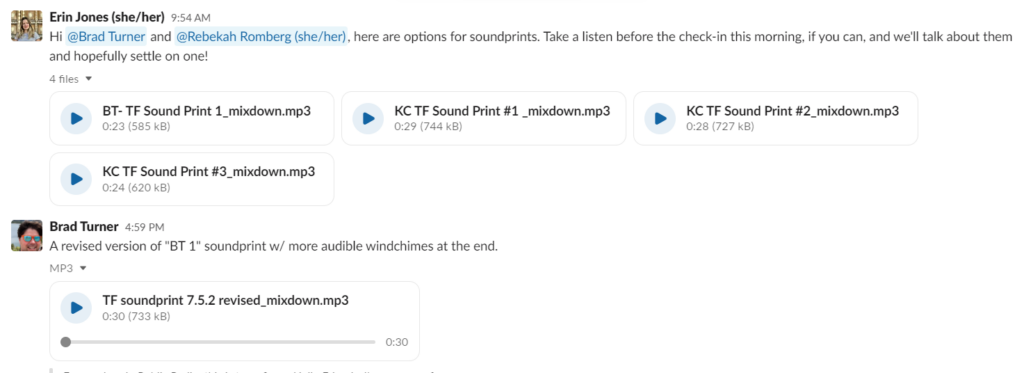
On walks, Erin listened to podcasts that incorporated nature sounds, or that were organized around someone’s observations of nature. The way they differed from “Terra Firma” helped her identify how we could shape CMarie’s essays.
In each of her pieces, CMarie starts simply, inviting the listener into a specific place and into her specific perspective as a character. Then, the essay gets big; it widens into musings on childhood or rewilding or connection. Finally, the essay distills all these elements together, into what Virginia Woolf might call a “nugget of truth.”
Once we had identified our structure, it felt like “Terra Firma” was unlocked. CMarie and Erin sailed through their edits together.
Meanwhile, the production team spent long, deliberate hours adjusting the sound design until it was just the right balance.
For most shows, audio producers try to limit or suppress ambient sounds, if they are dealing with outdoor audio. For Terra Firma, the trick was keeping the nature sounds present enough so they wrapped around CMarie's words without overpowering them. We wanted the birds, elk and rainstorms to be audible whether someone listened in their living room or while walking to the bus stop.
And finally, we were ready to send this little show into the world.
An artsy nature podcast
When we first thought about making a show like this, Erin imagined a podcast that made people feel the way reading good poetry makes her feel: At once sharp and unhurried; Connected and human; Grounded.
And while “Terra Firma” was under production, every time Erin hurried from her office to the newsroom and listened to a mix on the way, or sprawled on the floor and pulled up CMarie’s latest essay to edit, something curled tight in her relaxed. It was like this show helped her come back to herself, to others, and to the natural world.
“Amazing,” she remembers thinking more than once, “how coming back to one of those things is coming back to all of them.”
We hope this little nature show helps you find your own “Terra Firma.”
